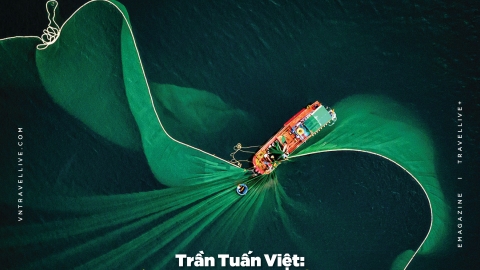Despite having gone through countless wars throughout its history, Vietnam remains a treasure trove for scientists. According to research, Vietnam is one of the most attractive destinations in the world in terms of biodiversity. Only slightly larger in area than the state of New Mexico, Vietnam has up to 30 national parks, with a variety of flora and fauna as diverse and rich as those found in safaris in Kenya or Tanzania.
In fact, hundreds of new species of plants and animals have been discovered in Vietnam in the past three decades, and the number increases every year. Take the saola, for example. Its gentle face looks as if it has just stepped out of a painting by Henri Rousseau, and it has been dubbed the “last unicorn” because of its rarity. The saola is the largest new land animal to be discovered since 1937. Many animals such as muntjacs, striped rabbits, giant stick insects... thought to be extinct have been discovered in Vietnam. Vietnam’s forests are home to dozens of species of primates, gibbons, long-tailed macaques, lorises, and langurs with vivid colors.

Vietnam has up to 30 national parks, with extremely diverse and rich species of flora and fauna.
Nature and environmental researcher Stephen Nash shared that he received an email advertising Cuc Phuong National Park, which included the following paragraph: "In this ancient forest, there are nearly 2,000 species of plants, and scattered among them are rare and unique animals such as clouded leopards, white-shanked douc langurs, owish civets, otters, bears, owls, flying squirrels, lorises, bats and wild cats..."
But when he and his wife expressed their desire to come here to experience the wild nature, the travel agency was strangely hesitant to talk about this topic, and kept trying to persuade them to go to resorts with simply beautiful scenery, or places in the city.
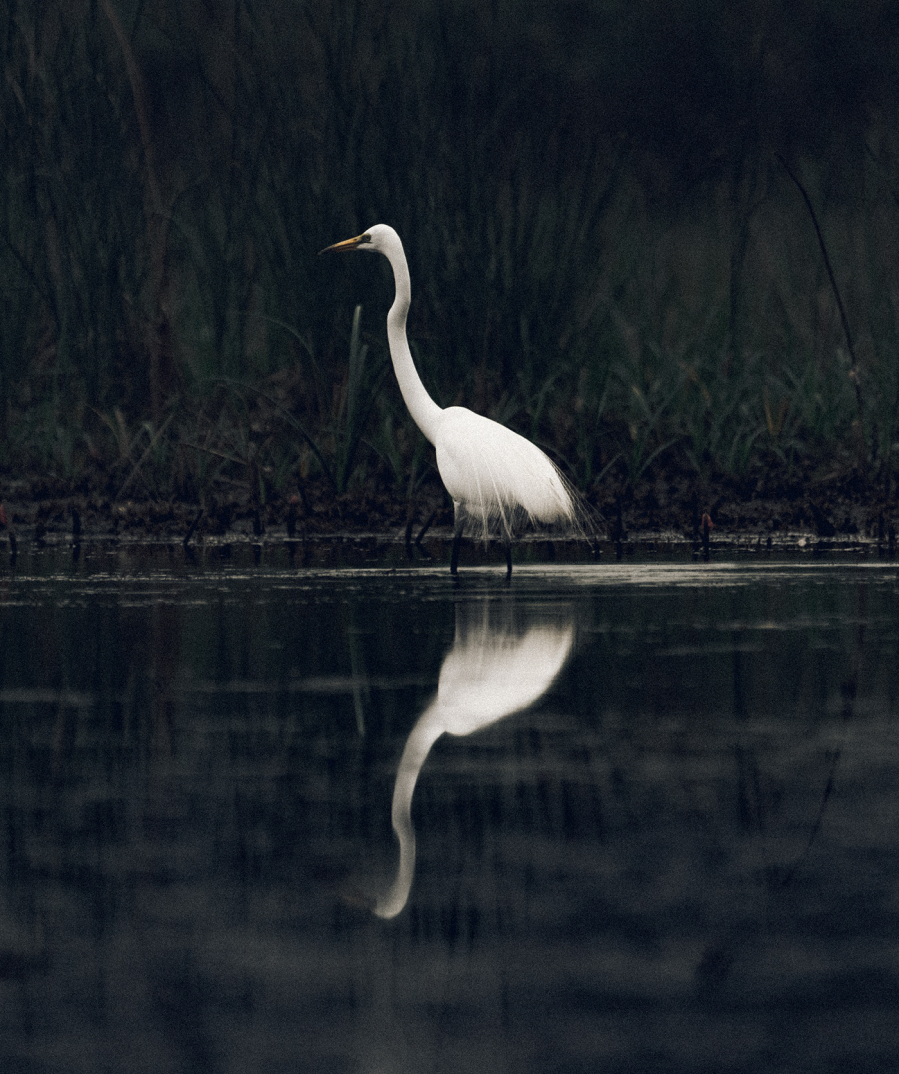
An individual of the Great Heron family in Vietnam
The reason is that the primeval forests are no longer "primitive". Wildlife, which has had to cope with the destruction and narrowing of their habitats caused by humans, now also faces the risk of being shot or trapped. This has caused many national forests and other nature reserves to face "bare forest syndrome" - which occurs when the forests are devoid of animals. Besides Vietnam, many other Asian countries are also falling into a similar situation. It is even possible that many species will disappear before scientists have time to discover them.
Vietnam’s biodiversity decline is alarming. For example, in a national reserve for saola and other rare animals, 23,000 snares were found in 2015 (last updated). Tens of thousands of snares are set each year, and the rate of “replenishment” is as fast as the rate of discovery and confiscation. So, despite exhaustive searches and surveys, not a single saola has been found since one was caught on camera in 2013. The last rhino was shot by illegal hunters in Cat Tien National Park in 2010. Tigers have been driven to the brink of extinction. Only a small number of bears and elephants remain. The threat of extinction hangs over almost all primates.
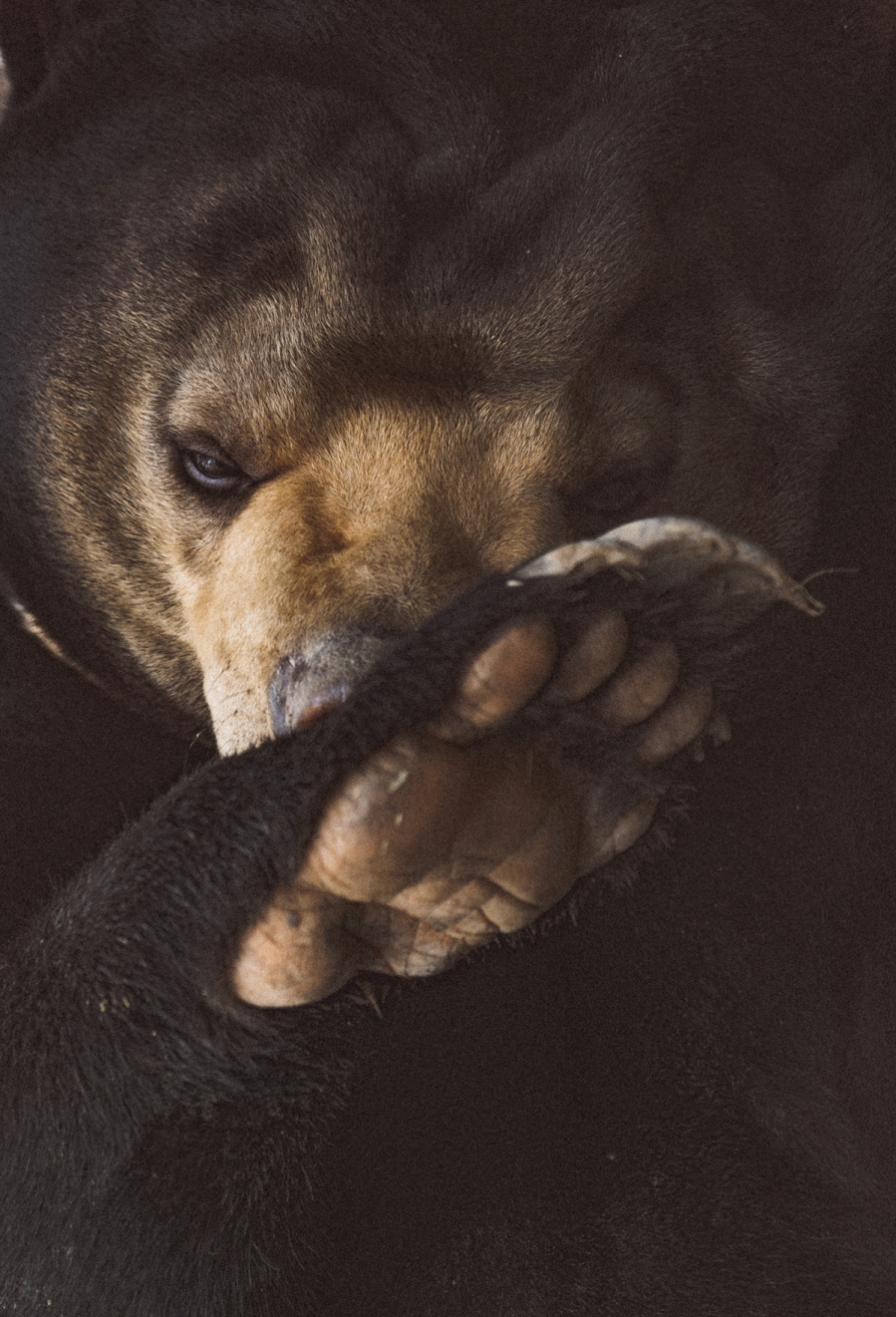
Many bears are imprisoned, their bile extracted and their arms amputated to serve human needs for "luxury".
Some species are hunted to be processed into tonics according to oriental medicine concepts, such as in Vietnam and China. Some of the “uses” listed in the list of “products” from this forest include: tiger penis to treat impotence, bear bile to treat cancer, rhino horn to cure hangovers, loris bile to treat respiratory infections caused by air pollution, etc.
Despite wildlife conservation campaigns, “the demand for wild game meat is growing, it’s ubiquitous in urban specialty restaurants, and it’s become a status symbol,” said Barney Long, conservation director of Global Wildlife Conservation. “This isn’t about hungry people going into the woods to hunt for meat,” he continued. “It’s a luxury when you take your colleagues or partners out for drinks. This is a horrifying situation. What we’re worried about is not the loss of a few species, but the potential loss of all species.”
After doing a little more research, Stephen Nash was determined to embark on a journey to explore the wildlife in Vietnam, both in the North and South.
He witnessed firsthand how endangered animals are during this two-week trip. And he also witnessed firsthand the relentless struggle of like-minded Vietnamese and foreigners to push back the “animal genocide”.
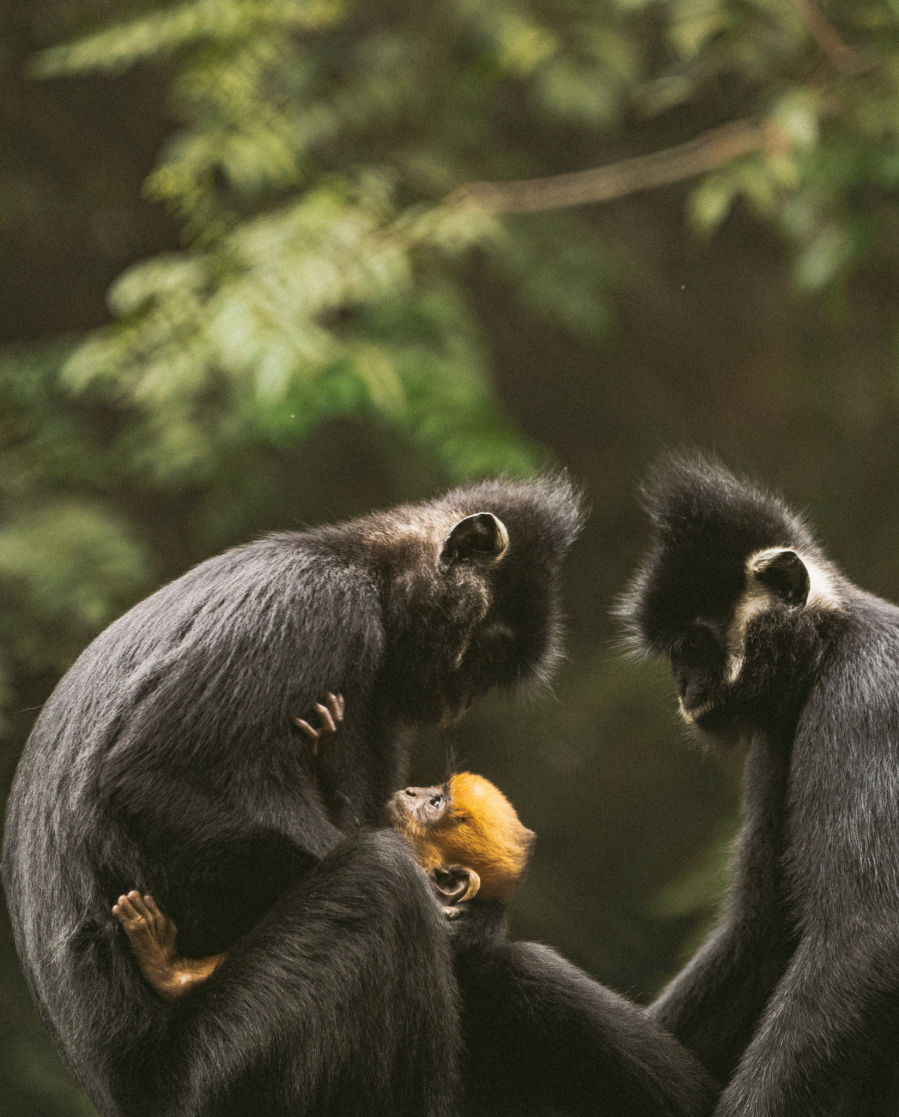
Langurs at the Endangered Primate Rescue Center

A red-shanked douc langur in Cuc Phuong
Cuc Phuong is Vietnam’s first national park, located just a few hours’ drive south of Hanoi. It was founded by President Ho Chi Minh in 1962. “Forests are gold, and if we know how to protect and develop them, they are very precious.” However, when Nash arrived, he did not see any langurs, bears, leopards, or small wild cats. Or perhaps they were so well hidden that even scientists could not find them, as Adam Davies, Director of the Endangered Primate Rescue Center, said.
It turns out that instead of living in the wild, rare animals are residing in rescue centers.
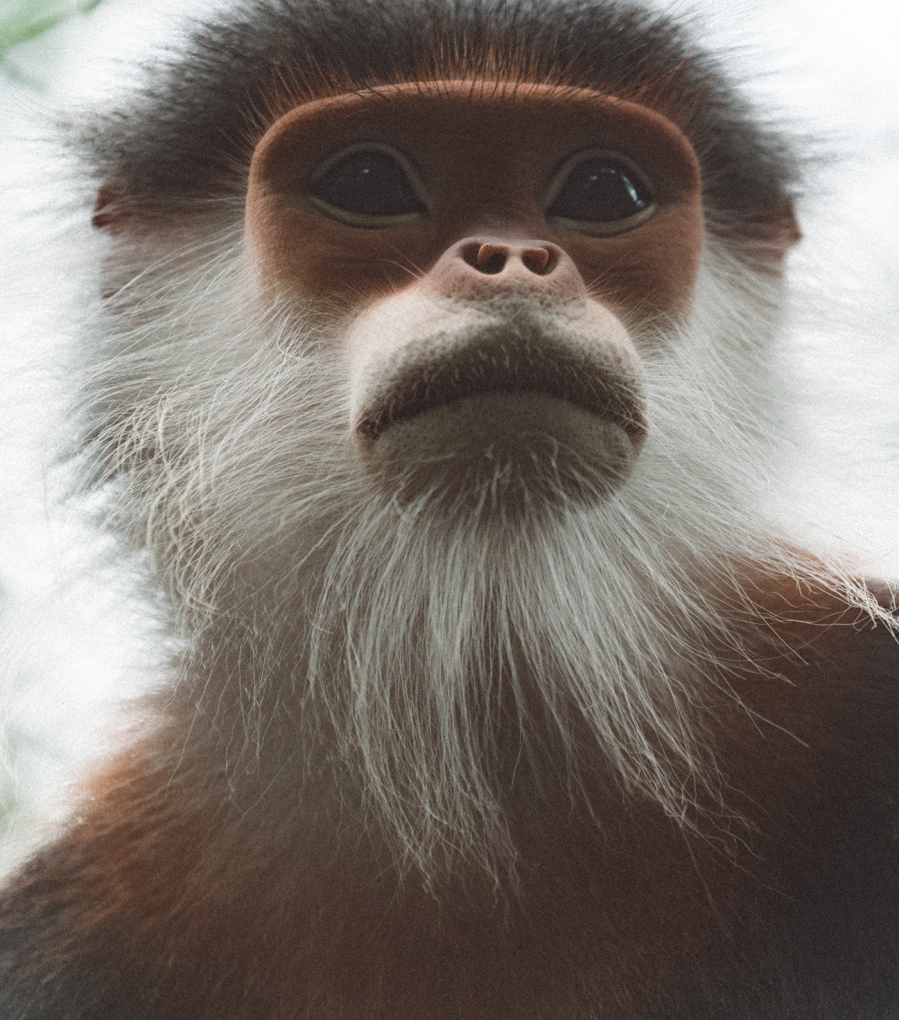
With its characteristic five colors, the red-shanked douc langur, also known as the five-colored langur, is honored by the international wildlife protection organization as the "queen" of primates residing in the deep forest because of its unusual beauty.
At the Endangered Primate Rescue Centre, visitors can see four species of langurs (also known as leaf-eating monkeys), gibbons and lorises. Many of them have been rescued from illegal wildlife traffickers. They are rehabilitated, bred where possible, and, by some miracle, may be released back into the wild. “Poachers have made the park so dangerous that there are not many species left,” says Davies.
Two other rescue centers are nearby. One protects dozens of rare turtles, many of them stunningly beautiful, all endangered. The second is for leopards, civets, binturongs, and pangolins, all rescued from the illegal trade, most notably pangolins, captured for their scales and meat. Pangolins sell for more than $1,000 a kilogram in restaurants and traditional medicine shops in Hanoi and Ho Chi Minh City. “Pangolins are now the most illegally trafficked mammal in the world,” Davies says sadly. “I don’t think anyone likes that title.”
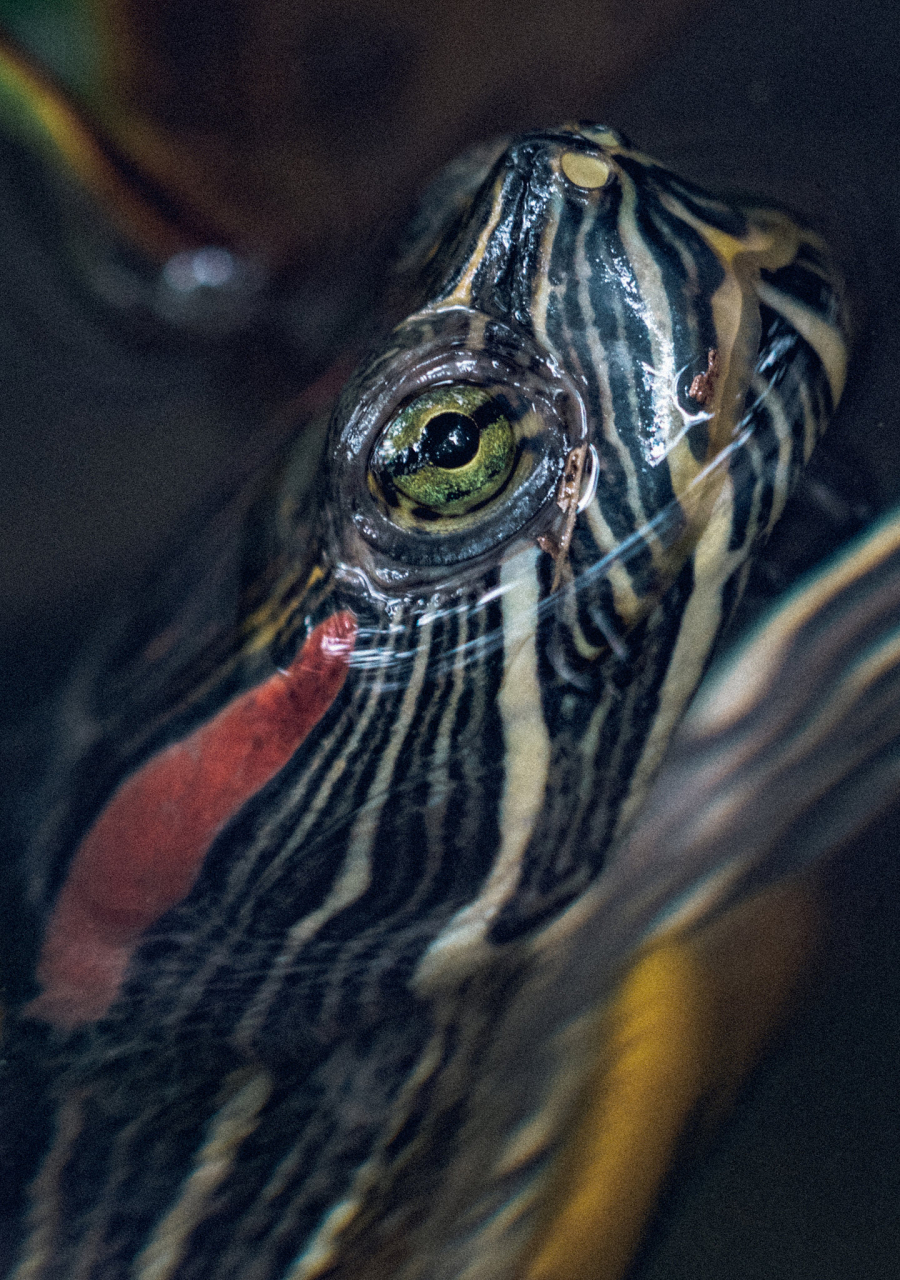
A red-eared slider turtle is being cared for by experts at the conservation area of Cuc Phuong National Park.
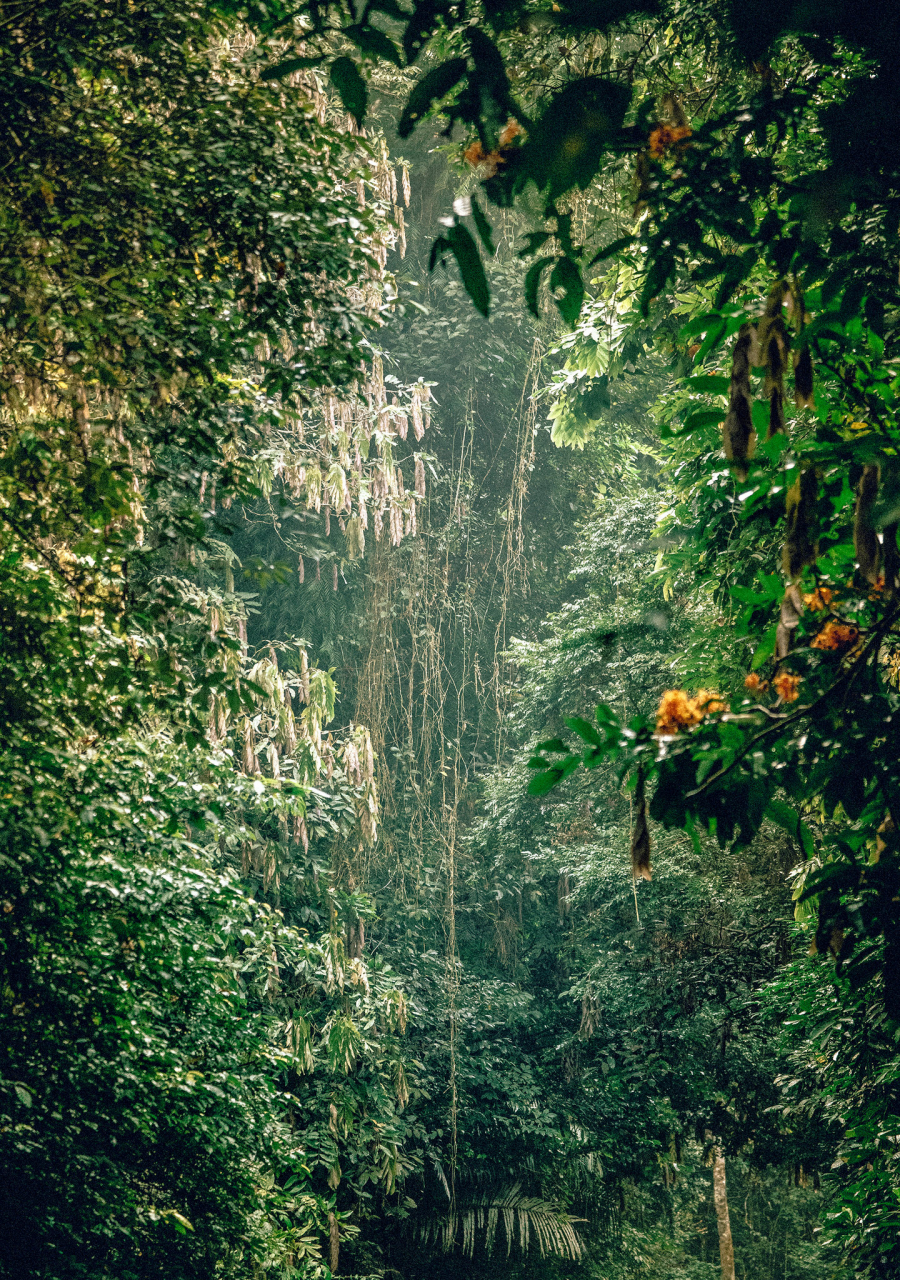
Many wildlife species in Cuc Phuong National Park are in danger of disappearing.
Davies’s center has rescued a number of critically endangered Delacour’s langurs from the Van Long Nature Reserve and reintroduced them to the wild. The langurs are giving birth somewhere, hidden deep within the reserve. Nash spent an hour watching the langurs groom, chase, and bask in the intense subtropical heat. Fortunately, they will continue to be protected here, not targeted by hunters for meat or the pet trade.
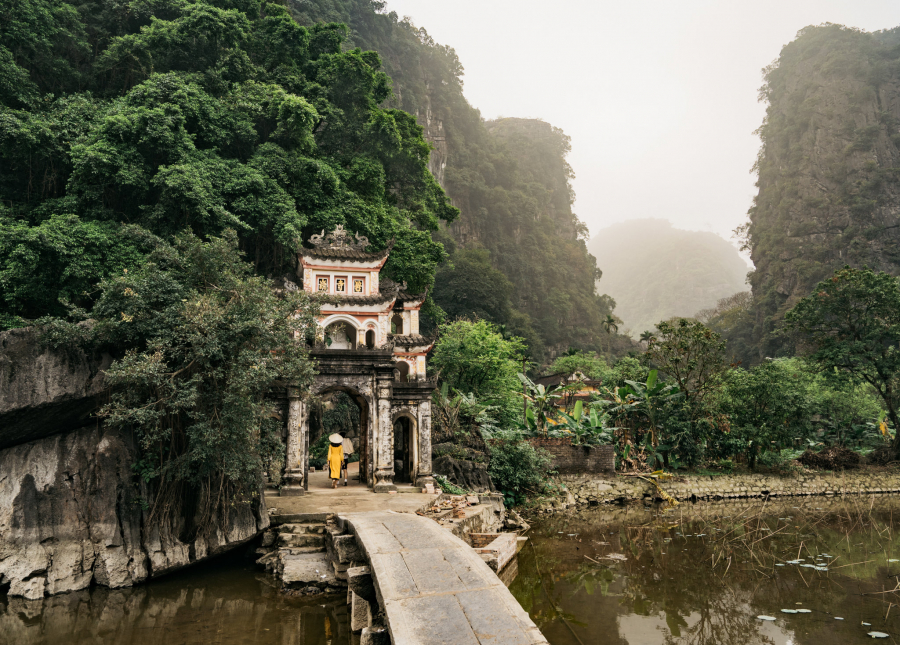
Not far from Cuc Phuong is Bich Dong Pagoda, Tam Coc, home to many species of birds.
To see the bears, Nash traveled to Tam Dao National Park, located on a long mountainside north of Hanoi. The bear sanctuary is run and managed by Animals Asia and is occasionally open to visitors. Nash watched the Asiatic black bears and sun bears frolic, swim, and climb freely in their own recreation area. Both look like hyperactive versions of North American black bears, with their distinctive white collars. The bears were brought here from bear farms, where they were kept in closed cages and repeatedly extracted for their bile, until... they expired.
The practice is illegal, but loopholes in the law make it difficult to bring justice. “Illegal bear bile extraction is still going on,” said Tuan Bendixsen, director of the Vietnam Bear Rescue Center. “You can still find it in Hanoi if you want to buy it.”
Many of the bears rescued by Bendixsen’s center have lost limbs or suffered other injuries, making their chances of being returned to the wild even slimmer. And with population and economic growth, the pristine lands suitable for releasing them into the wild are shrinking.
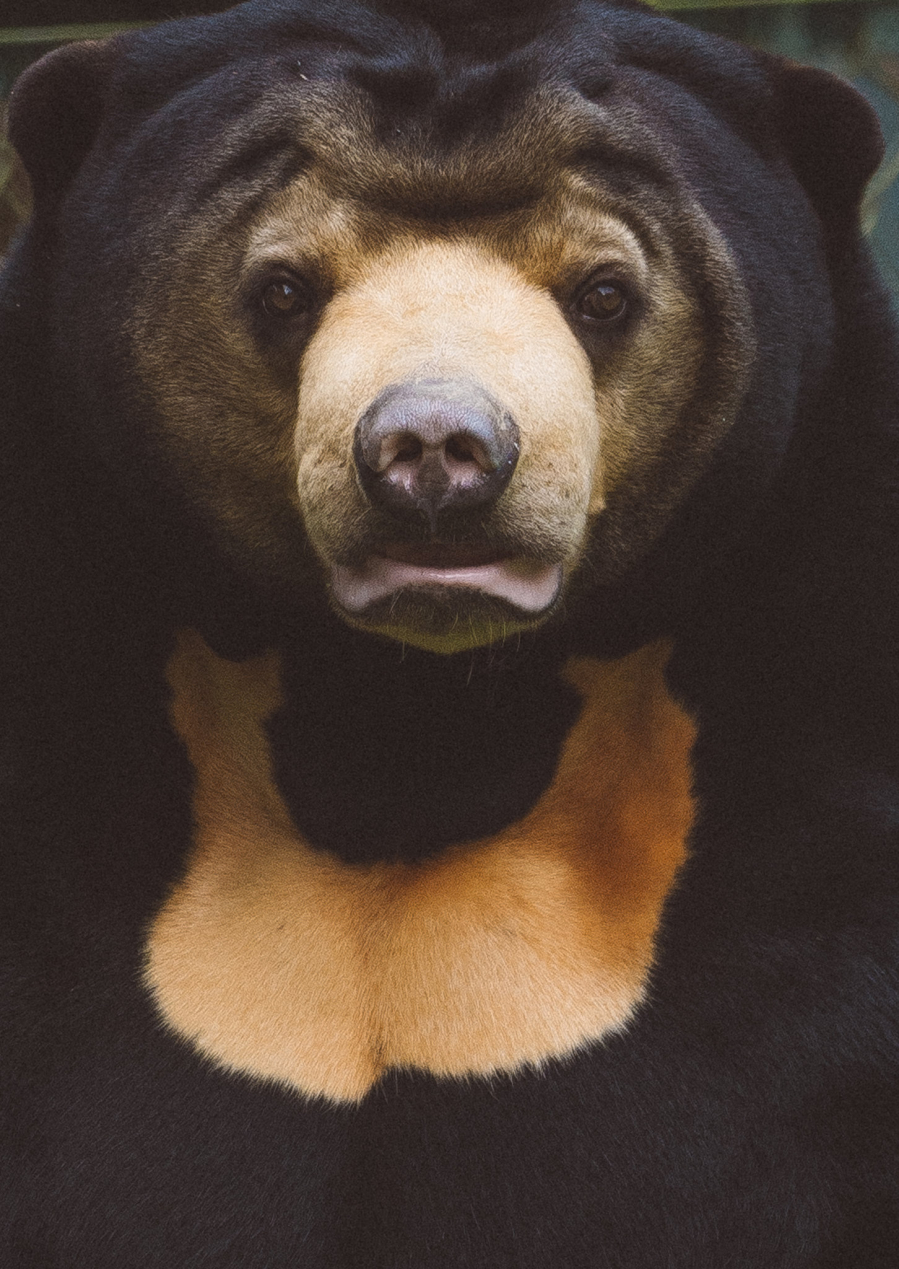
Murphy, a male sun bear at the Bear Rescue Center in Tam Dao National Park
Nash went to another nature reserve in Ninh Binh. It was called an “eco-destination”, but the whole area had been bought by a tourism company and was in the process of being planned. The trees in the forest were being pruned mercilessly, robbing the nests of birds. Drills, chainsaws, bulldozers were working hard on the project to expand the lakeside resort, was there any consideration for maintaining the habitat for birds?
About ten minutes into the boat ride on the quiet lake, Nash began to hear squawking, as if a group of people were arguing. The boat pulled up close to a rocky shore, and hundreds of egrets, each as big as a two-year-old child, swarmed into the sky. Their future still depended on the construction project, on whether this seemingly pristine and calm lake would succumb to the changes in its environment.
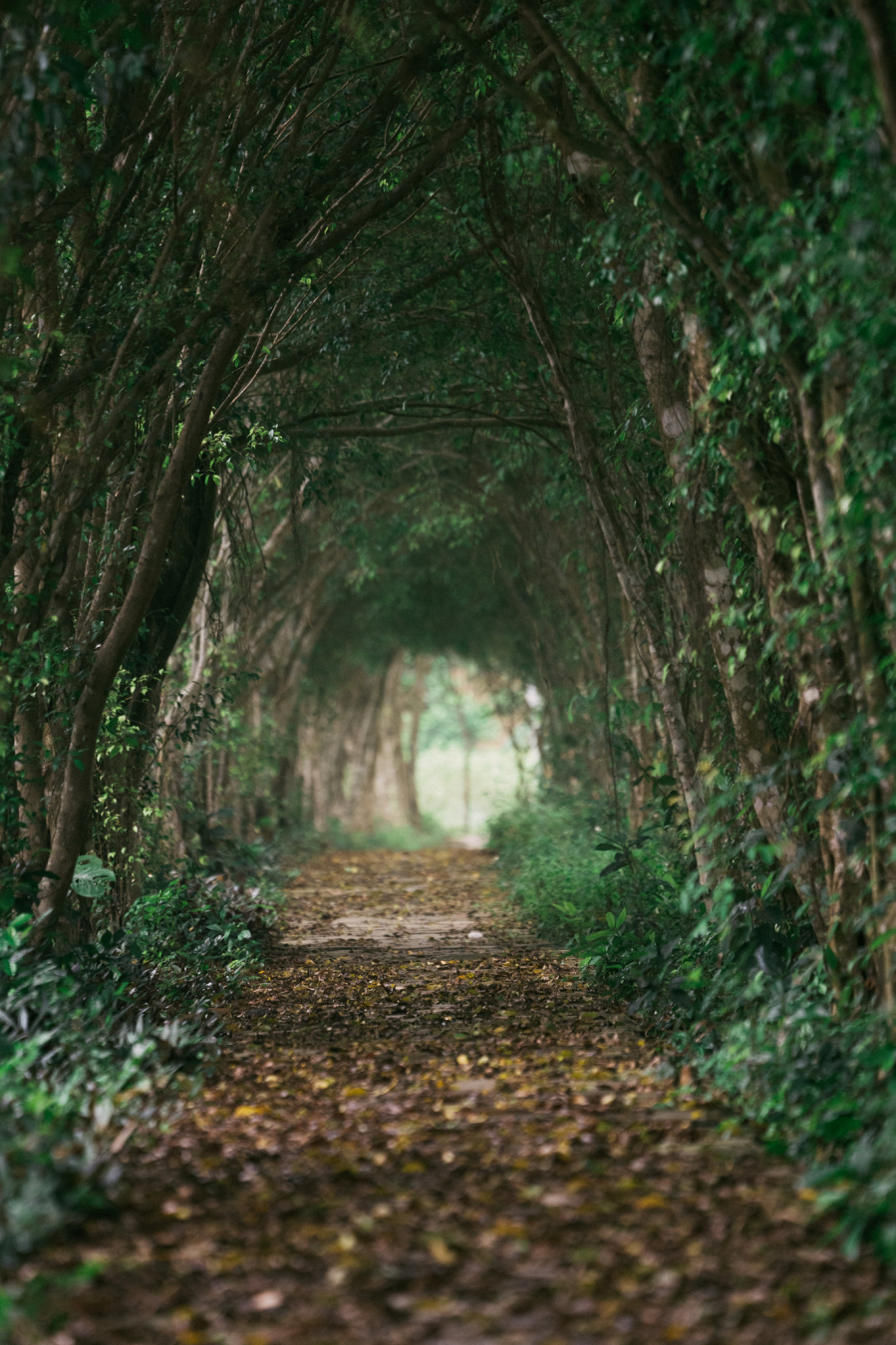
The future of birds and wildlife in Thung Nham Bird Park Ecotourism Area may depend on a construction project in the area.
In the south, Nash visited Cat Tien National Park, about 150 kilometers from Ho Chi Minh City. A young guide took him on a two-hour trek through the wild forest. It was truly a quiet forest. The only animals he encountered were leeches.
The Dao Tien Endangered Primate Rescue Center, located on a nearby island, is where visitors can see primates, including gibbons, swinging in the trees and listening to their sometimes deafening choruses. Some of them have been shot to be brought into the city to be sold for meat.

Many nature conservation organizations are struggling in the fierce battle against “animal genocide” in Vietnam and around the world.
However, Vietnam’s forests can still hope for brave and innovative government and private organizations like Education for Nature. Regardless of danger, they have been working hard to collect data, research, investigate, and fight for wildlife.
Creating conditions for local communities to participate in wildlife protection with economic incentives is also a promising direction. For example, WWF is funding sustainable rattan and acacia farming models for farmers, some other organizations pay people to participate in forest protection and trap collection.
“Every day we wake up and ask ourselves: Do we still have enough time to conserve wildlife? Are we already losing this war?” said Quyen Vu, Executive Director of Education for Nature Vietnam. “But if we don’t fight, we will definitely lose everything!”, she affirmed.




























